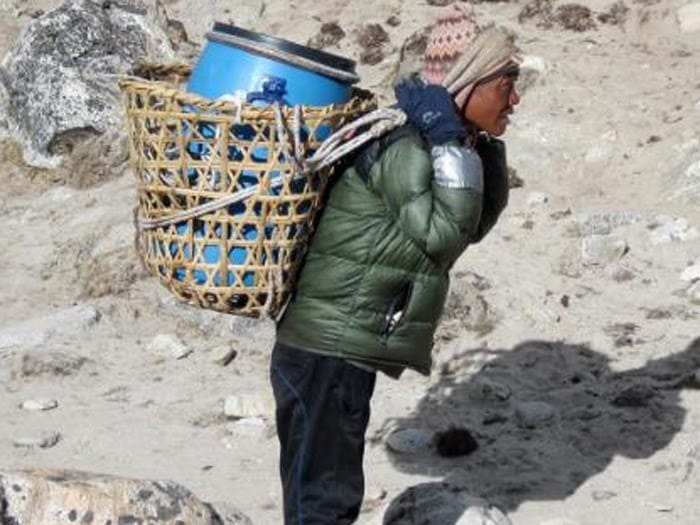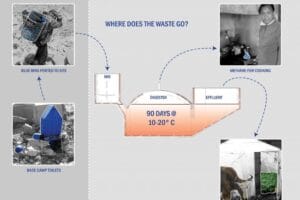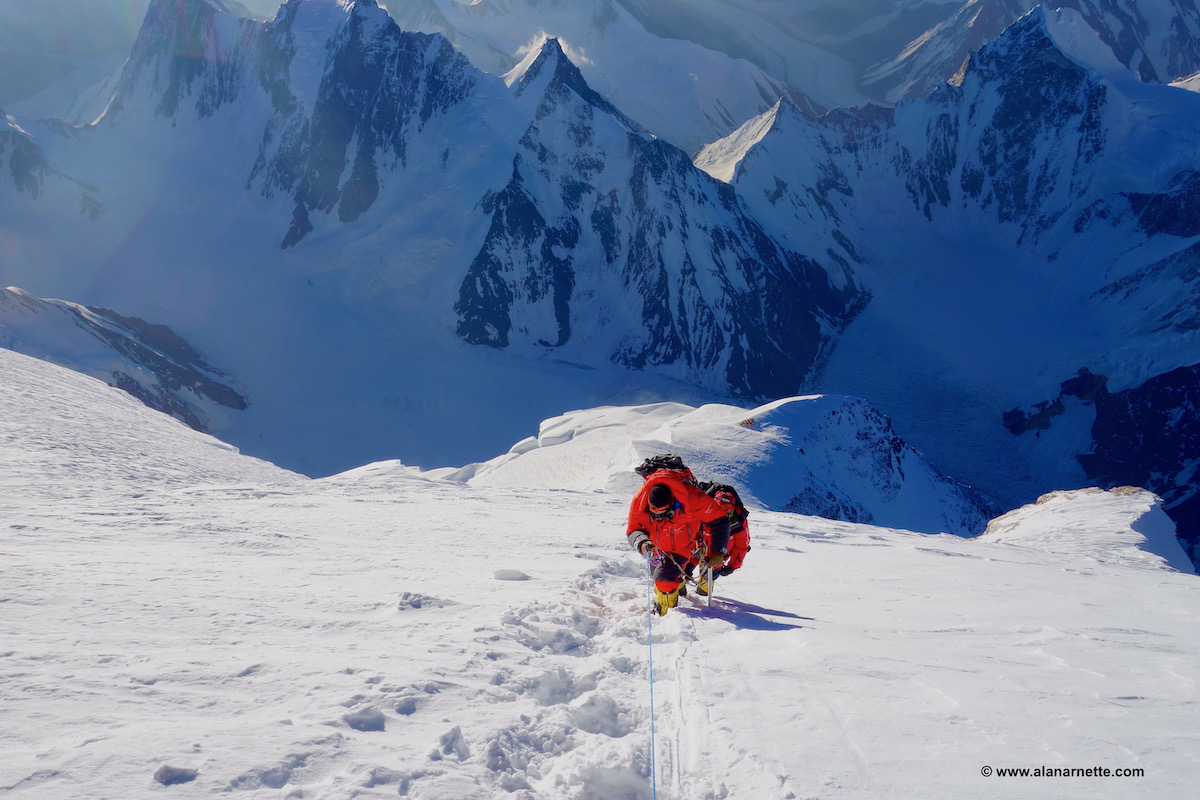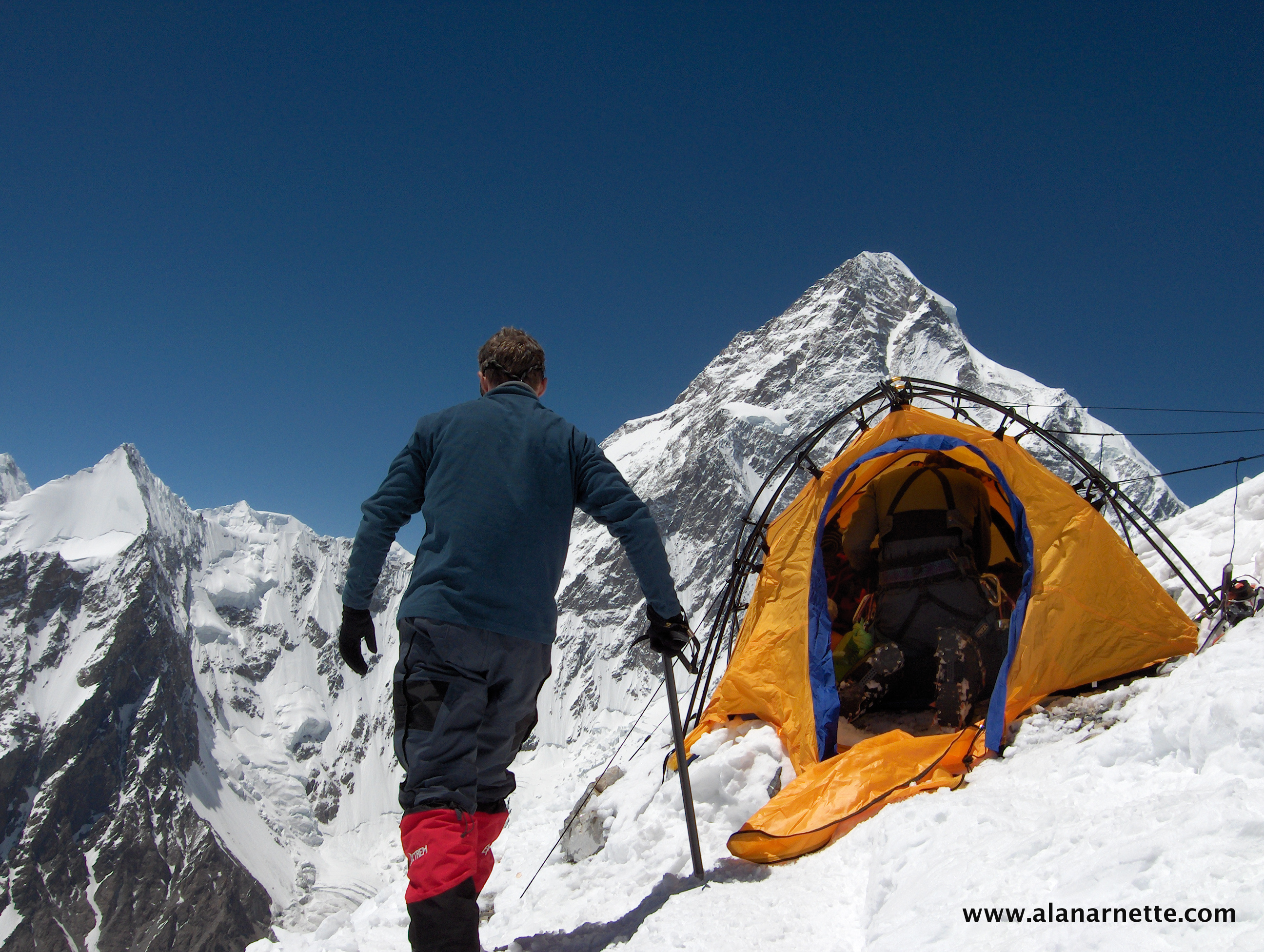As we ease closer to Everest 2024, the Nepal government is taking some last-minute actions. As usual, we’ll see if the authorities enforce these rules, as most operators (and clients) ignore them without consequences. There are at least two “new rules” with more forthcoming. I fully praise Nepal for taking any action to clean any mountain, but I will hold my applause until after I get the first-hand reports, not from the MoT, if this new policy of removing waste is successful.
Clean Up Your Mess
In 2014, I made this comment in a post:
Then there was the announcement that Nepal was going to force climbers to become trash collectors by requiring they exit Base Camp at the end of the season with 18 pounds of trash they had collected above Base Camp that was not theirs. The headlines screamed Everest was the world’s largest trash dump and climbers were selfish litters. It even made the evening TV news.
But a couple of weeks ago, they backtracked, saying they only need to bring their own trash down. Climbers now getting permits are being told this is an “experiment” and there will not be fines or bans for lack of compliance. Yes, cleaning up after oneself is good. I just wish they would include solid human waste via Clean Mountain Cans or WAG bags like on Denali or Aconcagua.
Well, now, ten years later, it took the local authorities in the Khumbu Valley, not the Ministry of Tourism or the Expedition Operators Organization (EAO), to act. “Our mountains have begun to stink,” Mingma Sherpa, chairman of Pasang Lhamu rural municipality, told the BBC. “We are getting complaints that human stools are visible on rocks and some climbers are falling sick. This is not acceptable and erodes our image,” Mr Mingma adds.
The comment is as if human waste is new news, but the reality is this has been going on as long as climbing has occurred on Everest. However, the situation at Camp 2 and the South Col has become abhorrent in recent years as the number of clients and, more critically, Sherpa support climbers have increased, increasing the crowding. Today, there are between one and a half and two Sherpas per paying climber.
For over a decade, Nepal (and recently China) has charged teams $4000 as a cash deposit, only returned if they can prove they left nothing on the mountain. This has been a joke because it was rarely enforced, and the deposit was almost always returned. Note that because of the low levels of oxygen, freezing temperatures, and lack of natural microbes, solid human waste does not decompose but stays a frozen lump for eternity.
The plan is to have climbers get (it’s unclear if climbers have to buy the bags) two WAG bags, use the same bag multiple times (they have chemicals and dust to solidify the stool and make it odorless), and check it in when they return to base camp. Each climber (but not Sherpas) are expected to bring back at least eight kilograms (17.6 pounds) of waste from Everest, Lhotse, and Nuptse and three kilograms (6.6 pounds)from Ama Dablam. It’s reported that the Sagarmatha Pollution Control Committee (SPCC) has bought about 8,000 bags from the United States for the upcoming climbing season.
Guides Like this!
I reached out to Garett Maddison of Maddison Mountaineering, Mike Hamill of Climbing the Seven Summits, and Pemba Sherpa of 8K Expeditions. They all agreed this was a good move. Both Mike and Garret said they have been using WAG bags for years. When bought in bulk, they cost less than a dollar each.
Garret added, “That would be a great idea! We’ve been using WAG bags for a long time in Nepal, and I’ve been suggesting to the SPCC that all climbers should be required to use these rather than poop on the mountain.” Mike added, “Regarding the wag bags, last year we were removing all waste but using large garbage bags in blue barrels rather than individual wag bags but had planned to use wag bags for all of our team moving forward, as we do on Mt Vinson because it makes waste easier to manage and more hygienic for climbers and the team carrying it down.
Pemba seemed to think this was something new “An absolutely good idea to bring human waste down from higher camps. Nobody did such initiation before, I think. Thinking about it and have some ideas: Manufacturing special portable small drums and keep at C-2 as a toilet, collect all poo at C-2. From C1, C-3, C-4, and other places, each climber should bring their poo with the help of a special plastic bag and should hand it over to C-2, where drums are kept with the toilet. And Finally, all collected poo drums should be over lifted down to the base camp by helicopter. This is because it’s dangerous to carry such poo in Khumbu Icefall, and I guess Sherpa gets hesitant to carry such poo. All these activities increase the cost of Everest, but of course, all should be responsible for keeping Everest’s environment neat and clean.”
As you can tell, there are still many details to be developed; thus, my skepticism is that most climbers will follow the new rules this spring season. Using helicopters to remove waste has been done before, but not regularly. When a helicopter evacuates a climber from C2, they sometimes carry trash with them. Also, it will be interesting to see if someone who paid $100,000 will carry their own waste in their pack, given some are not willing to cook their own food at high camps.
Long Term Solution
If you are curious about what happens to solid human waste once it’s returned or deposited at base camp. At base camp, everyone uses a toilet seat attached to a blue plastic barrel to do their business. Every few days, a porter carries or uses a yak to take the barrel to Gorak Shep or Lobuche, where it is “properly” disposed of. Usually, this means emptying it in a pit. Obviously, groundwater contamination is a genuine concern.
For years, Summit Climb’s Dan Mazur and Garry Porter, a former Boeing engineer, championed the “Mt. Everest Biogas Project.” Simply put, feces are put into a “digester” with warm water to start the fermentation process, generating methane gas that is used for cooking and heating. According to Stefen Nester, the project could go online next year.
No Fly Zone
Regarding helicopters, the Himalayan Times reports that, once again, the authorities are limiting how high choppers can fly unless it’s for a rescue. “helicopters carrying expedition materials will be limited to Syanboche, a half-hour journey by foot above Namche Bazaar. After this, yaks and porters will transport the materials to higher altitudes.” This is another recycled rule that is never enforced. Also, last year, there were many reports of “fake” rescues of climbers claiming to be sick.
Body Removal
Another new rule requires operators to recover the body of any client who dies on the mountain. I’m puzzled by this one since they chose not to enact any rule to prevent future deaths. This is akin to increasing the fine for a traffic ticket while removing all the speed limit signs. Several media outlets reported that Rakesh Gurung, the Director of Adventure Tourism and Mountaineering Division, stated that operators must submit a letter to the Ministry stating, “Mountaineering companies will commit to bringing back the bodies of climbers who have encountered accidents or fatalities in the respective mountains.”
Silly Rules
I’ve been tracking these rule announcements for over ten years, and it’s fascinating to see repeats, but the common theme is virtually none are ever enacted or enforced because of the instability of the Nepal government and the revolving door of Ministers who run the Ministry of Tourism. This eye chart shows the ones announced and often promoted by the mainstream press; however, virtually none of them were ever enforced. Click the chart to enlarge it.
Here’s to a safe (and clean) season for everyone on the Big Hill.
Climb On!
Alan
Memories are Everything
The Podcast on alanarnette.com
You can listen to #everest2024 podcasts on Spotify, Apple Podcast, Breaker, Google Podcasts, Pocket Casts, RadioPublic, Anchor, and more. Just search for “alan arnette” on your favorite podcast platform.
Preparing for Everest is more than Training
If you dream of climbing mountains but are not sure how to start or reach your next level, from a Colorado 14er to Rainier, Everest, or even K2, we can help. Summit Coach is a consulting service that helps aspiring climbers throughout the world achieve their goals through a personalized set of consulting services based on Alan Arnette’s 30 years of high-altitude mountain experience and 30 years as a business executive. Please see our prices and services on the Summit Coach website.









2 thoughts on “Everest 2024 Coverage: WAG bags Finally Required on Everest”
I love, and appreciate what you do!
Thank you so much! Can’t wait to follow. Now…. Can you please set me up on a date with Garrett Madison
I love this newsletter
Comments are closed.